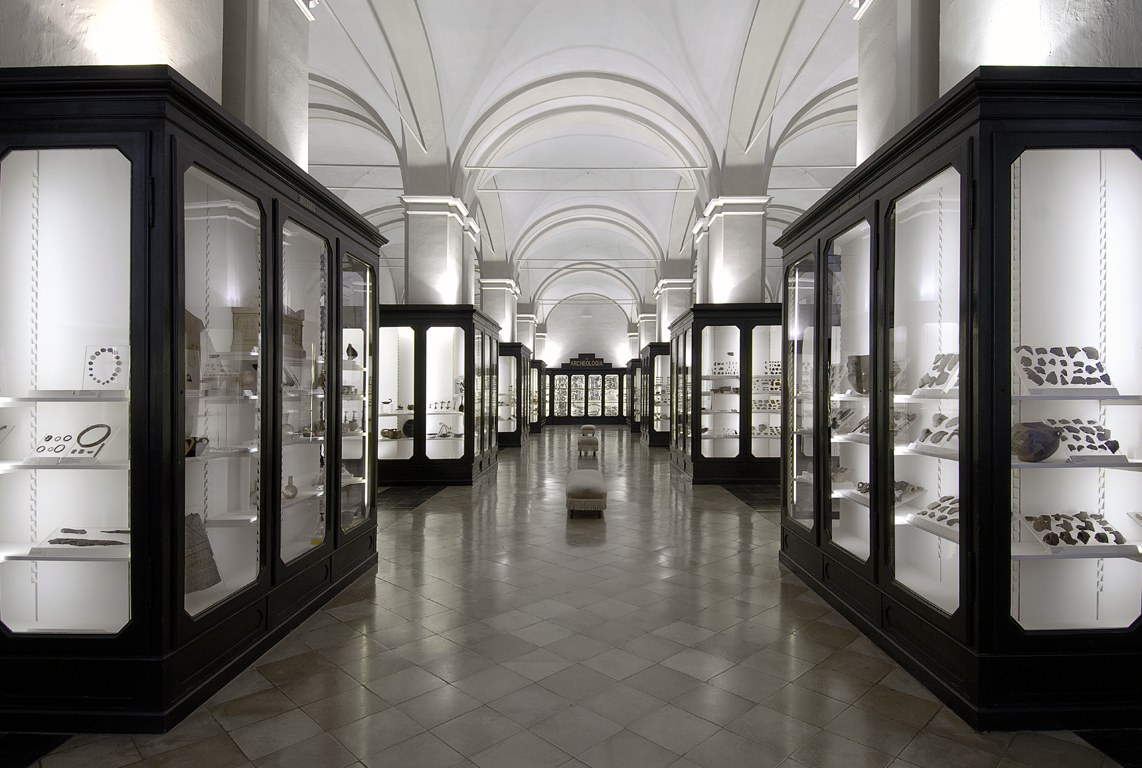Estense Gallery is among the most important art collections in Italy. It is evidence ...

Modena
Museums in Modena
The Palazzo dei Musei, built in the mid-18th century, initially housed the military a...
The Estense Library has a collection that includes printed books, incunabula and a la...
Situated in the west wing of the Palazzo dei Musei, the section of Roman inscribed st...
The Giuseppe Graziosi Fund is made up of the plaster cast museum, opened in 1984 foll...
The Duomo Museums, situated inside the buffer zone of the Unesco Site in Modena, complete the visit to the Cathedral enabling the visitor to understand more fully the history and events.
In the heart of Modena, in one of the most evocative areas of the city, is the Aedes ...
Established in 2006, the Museo della Figurina is the only museum of its kind.
Established upon the wish of Duke Francis IV d’Este in 1828, the Lapidary Museum was ...
Excavations below Novi Sad Park, before it became a huge underground car park in 2010...
Luciano Pavarotti Foundation opens extraordinarily the doors of Casa Pavarotti, trans...
The Laboratory of mathematical machines (the MMLab), at the University of Modena e Reggio Emilia,contains a collection of geometrical instruments (called ‘mathematical machines’).
The Museum of Astronomy and Geophysics is located in the historic headquarters of the Geophysics Observatory, precisely in the east tower of the Ducal Palace.
The zoological collections include about 3,500 naturalized vertebrates (birds, mammal...
The Museum of Paleontology, founded in 1776 at the behest of Duke Francesco III D’Este, was born as an integral part of the Natural History Museum.
The vicissitudes that have accompanied the origin of "Gemma 1786", the Estense Minera...
The Civic Museum of Modena is an exceptional archive of stories and contexts, techniques and forms that range from prehistory to the present.
Motor museums
Maserati is one of the most fascinating car production companies with a long history of appeal, tradition and sporting success.
In the fascinating Stanguellini Museum founded in 1996 by Francesco, Vittorio's son, ...
The Maserati Umberto Panini Collection was born from the deep mechanical passion of the Modenese entrepreneur of the same name, and was first opened in its original form in the early 1990s.


























